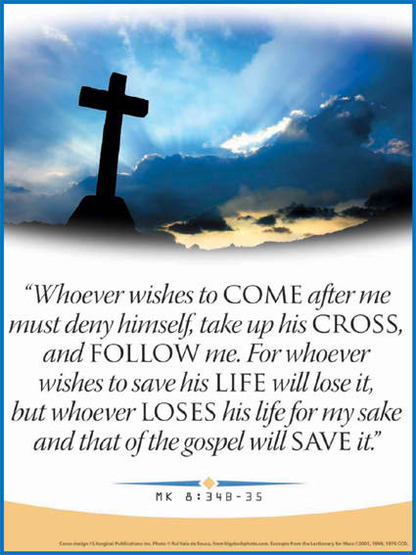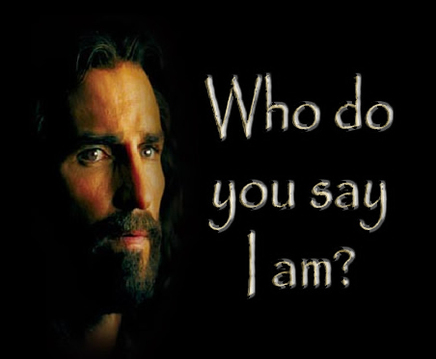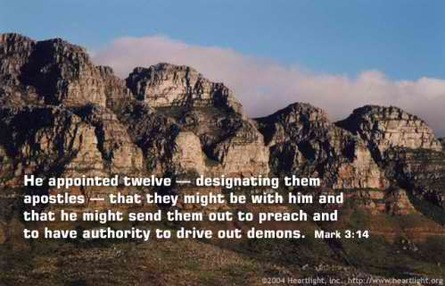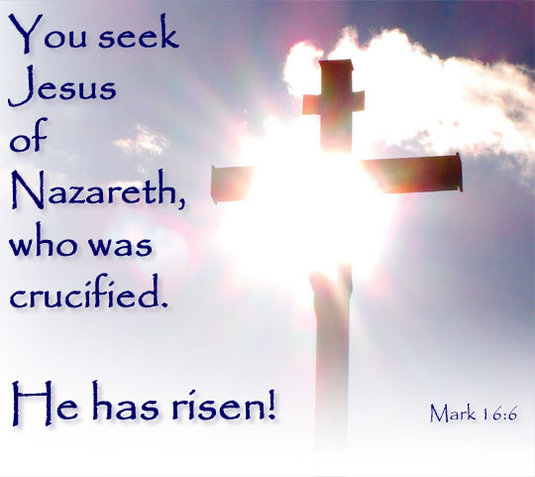The Gospel of Mark

The early church fathers agreed that Mark's Gospel reproduces the preaching of Peter. Peter's personality can be found on almost every page, and the main characteristic of this Gospel is action.
Mark (also referred to as John Mark) was the son of Mary (Acts 12:12) and the cousin of Barnabas (Colossians 4:10). He accompanied Paul and Barnabas on their first missionary journey. Paul speaks of him as his companion in Rome and pays high tribute to his service. It is believed that Mark is the first of the Gospels, and therefore it can be dated about A.D. 55.
The book of Mark stresses facts and actions rather than themes or topics. Although it is the shortest of the four Gospels, it is often the most detailed. Jewish customs are carefully explained for Roman readers, and one of Mark's purposes was to demonstrate the deity of Jesus. He tells the stories of Jesus' ministry, especially His miracles. Mark spends one-third of the book telling the events of Jesus' last week on earth, ending with His death and resurrection.

I. The Beginnings of Jesus' Ministry (1:1-13)
II. Jesus' Ministry in Galilee (1:14-6:29)
III. Jesus' Withdrawals From Galilee (6:30-9:32)
IV. Jesus' Final Ministry in Galilee (9:33-50)
II. Jesus' Ministry in Galilee (1:14-6:29)
III. Jesus' Withdrawals From Galilee (6:30-9:32)
IV. Jesus' Final Ministry in Galilee (9:33-50)

V. Jesus' Ministry in Judea and Perea (10:1-52)
VI. The Passion of Jesus (11:1-15:47)
VII. The Resurrection of Jesus (16:1-20)

The 16 chapters of the Gospel of Mark can be divided into two parts, 8 chapters each. In the first 8 chapters Jesus is essentially traveling north and preaching until chapter 8. In Chapter 8, Jesus is in the city of Caesarea Philippi where He asks His disciples, “Who do people say that I am?” (vs. 27). Peter replies, “You are the Christ”. Throughout the last 8 chapters, Jesus is traveling south, back to Jerusalem; all the way to the cross at Calvary.

In chapter 1, there is a quick introduction of John the Baptist and his preparation for the coming Messiah. It also includes the baptism of Jesus in the river Jordan, and the temptation in the desert by Satan. The focus quickly
changes to the message and ministry of Jesus.
In chapters 2-10, Jesus selects His Disciples, “And He appointed twelve, so that they would be with Him, and that He could send them out to
preach” (3:14). The rest of these passages almost completely refer to Jesus as a Servant. It presents Jesus either teaching, healing, helping, performing miracles, blessing, feeding, challenging authority, and feeling compassion (8:2).
changes to the message and ministry of Jesus.
In chapters 2-10, Jesus selects His Disciples, “And He appointed twelve, so that they would be with Him, and that He could send them out to
preach” (3:14). The rest of these passages almost completely refer to Jesus as a Servant. It presents Jesus either teaching, healing, helping, performing miracles, blessing, feeding, challenging authority, and feeling compassion (8:2).

Chapters 11-16 are the final chapters that declare the death and resurrection of
Jesus Christ again another example of servanthood. He is betrayed, dragged
through a faulty trial, and then unmercifully beaten, humiliated and crucified. The last chapter is the miraculous resurrection of His physical body, numerous appearances, the command of the Great Commission, and finally His ascension to the right hand of God.
continue to Luke...
Jesus Christ again another example of servanthood. He is betrayed, dragged
through a faulty trial, and then unmercifully beaten, humiliated and crucified. The last chapter is the miraculous resurrection of His physical body, numerous appearances, the command of the Great Commission, and finally His ascension to the right hand of God.
continue to Luke...